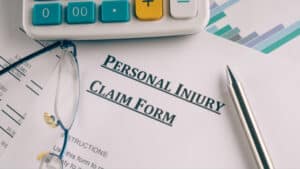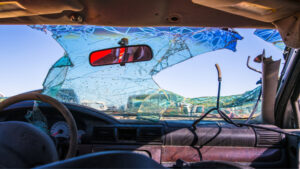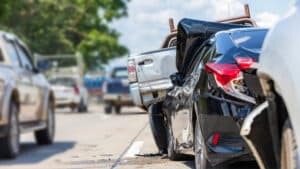In our prior post, we focused on distracted driving — a behavior that is cited as one of the major causes of car accidents today. The behavior has been on the minds of a lot of people since it was targeted by Transportation Secretary Ray LaHood in 2009.
In December, the National Transportation Safety Board asked that not only handheld cellphone use be banded, but that all cellphone use — even when done with hands-free devices — is banned completely. While 94 percent of Americans consider texting while driving a “serious threat,” the complete ban has created complete controversy.
Some safety advocates say that efforts should not be placed on banning cellphones completely — something that another 70 percent of Americans who admit talking while driving might disagree with — but instead on increasing the technology to make cellphone use safer.
Others argue that distracted driving data should be more carefully scrutinized before taking such drastic measures. National Highway Traffic Safety Administration data showed that 13 percent of fatal motor vehicle accidents were attributable to cellphone use, but in the proposed guidelines released in February, the NHTSA said that they would be investigating other kinds of technology-related distractions such as GPS systems used or installed in vehicles.
So what is the right path to take? That may not be the purview of the average person, but what people can do is stand up when distracted driving behavior injures themselves or a loved one and hold those responsible, liable for their actions.
Source: USA Today, “Disconnects in the distracted-driving blame game,” Jayne O’Donnell, April 30, 2012










